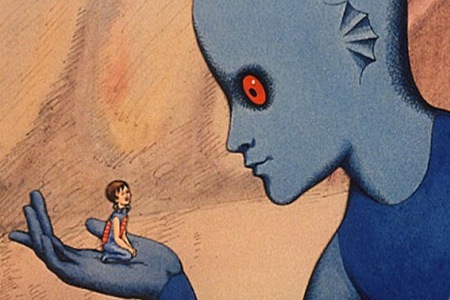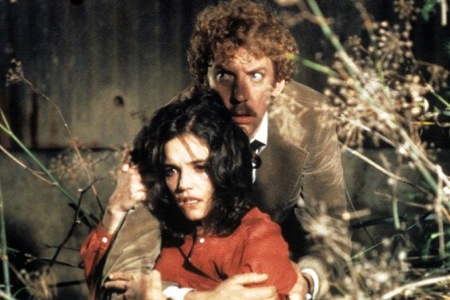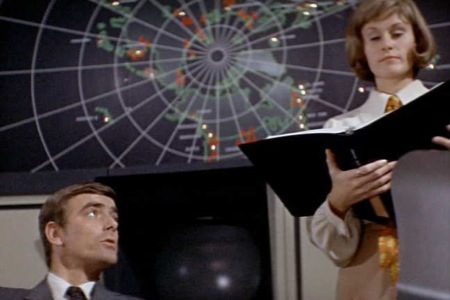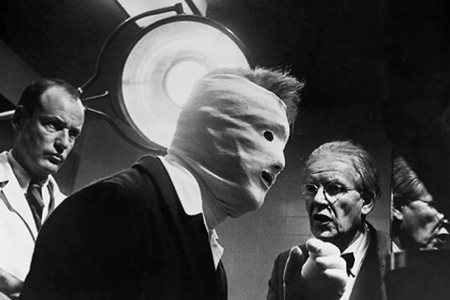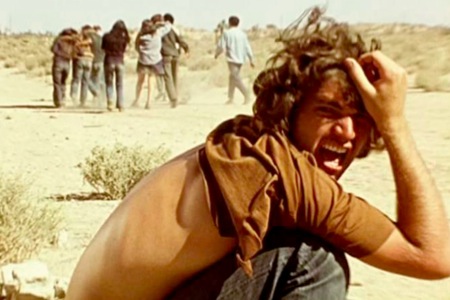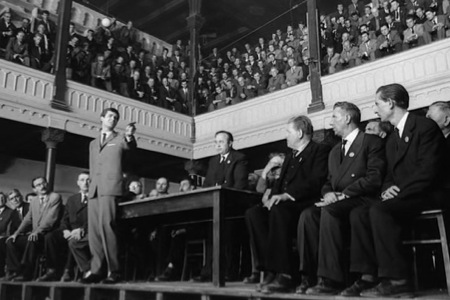10 Overlooked Classics: Dystopian Films
Often, dystopian worlds in film are close to our own, and it’s precisely because these worlds—functional, if not pleasant visions—change according to how society looks at the time of their creation that dystopian cinema can never become redundant. The dystopian subgenre is a branch of science fiction, and like all great sci-fi, the best examples have a good deal to say about the world we’re living in right now. By setting a dystopian movie in a familiar environment, often in a near future where the problems of our present are exaggerated for effect, a filmmaker can explore sociocultural, environmental and political issues better than in perhaps any other genre. With dystopian takes all the rage in pretty much all mediums, let’s take a look at some examples you might have overlooked.
10. Death Watch (1980)
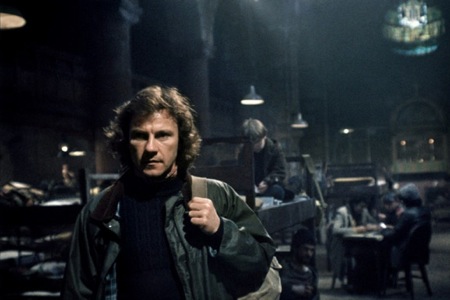
Predating The Truman Show by almost two decades, Bertrand Tavernier’s Death Watch depicts reality television with striking prescience as the anything-goes format it would become. Shot on location in a Glasgow eternally splashed with rain, Death Watch presents a future where disease has been all-but eradicated. As the agony of death has become “the new taboo,” TV producer Vincent Ferriman (Harry Dean Stanton) sends an employee (Harvey Keitel) to record the last hours of a woman slowly dying from an incurable illness (Romy Schneider), in the process turning her into an unwitting media personality. “We decided you’re the best,” Ferriman tells Schneider’s Katherine Mortenhoe when she protests the network’s decision to turn her misery into a story viewers oppose morally but tune into nonetheless. The film’s a simultaneous takedown of both the aggressively entitled media and us, the numbed audience, gasping at shocking programming as we in turn further the demand.
9. Metropolis (2001)
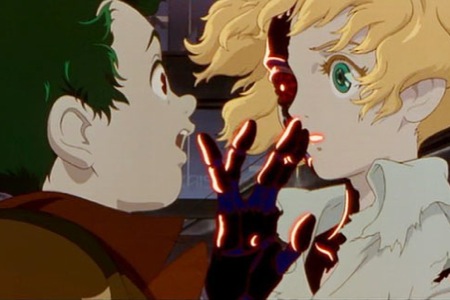
Just as cinema can’t seem to figure out a way to do Akira in any format other than anime, it would struggle to recreate—despite all the available practical effects or innovations in CGI—the robust animated cityscape of Rintaro’s Metropolis in live action. The titular city, so opulent, so grand, is four levels deep, cascading down from the gleaming surface into dilapidated older zones, built over and ignored by the prosperous. Metropolis’ world, divided into a gloating 1% and the angry, abandoned remainder, is a highly literal reinterpretation, some would say, of the post-2008 bailout era. Only in this hypothetical future, the elite have gone one step further, by cutting out the middle man, doing away with manual labor by successfully mechanising everything, and keeping the money usually reserved for the workers to themselves. A subtly presented scenario? Nah. A frighteningly possible one? You bet. And it’s all set to a swinging Dixieland jazz soundtrack, no less.
8. On the Beach (1959)
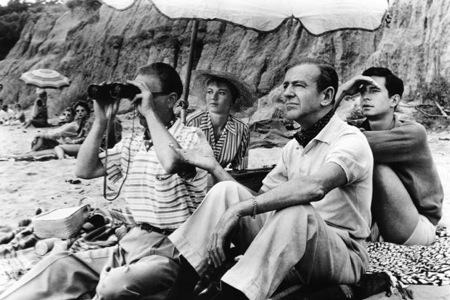
It features Anthony Perkins and Ava Gardner as Australian survivors of the apocalypse, Gregory Peck as an American submarine commander whose entire family has been wiped out, and Fred Astaire as a renowned English scientist succumbing to end of the world-induced depression. The backdrop is an Australia being sent back to the Dark Ages thanks to dwindling resources, the result of a nuclear war that’s cleansed the rest of the earth and produced a deadly radiation cloud on its way to this last safe haven. If it isn’t clear from the description, On the Beach is a strange meshing-together of populist Hollywood moviemaking circa 1959 and a much darker source text, the overall off-tone eeriness intensified by the fact that a studio took Nevile Shute’s relentlessly grim novel and tried to make a more palatable film out of it. It’s still Shute’s world, though: Melbourne residents either habitually go about life as normal or indulge in fatalistic hedonism, chugging diminishing supplies of alcohol or—in a deeply unsettling scene—holding amateur race car rallies where the drivers, aware of everybody’s imminent doom, explode around the track in violent wrecks as gathered crowds continue to cheer.
-

-

-

-

-

-

-

-

-

-

-

-

-

-

-

-

-

-

-

-

-

-

-

-

-

-

-

-

-

-

-

-

-

-

-

-

-

-

-

-

